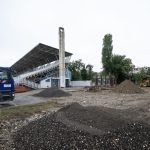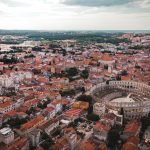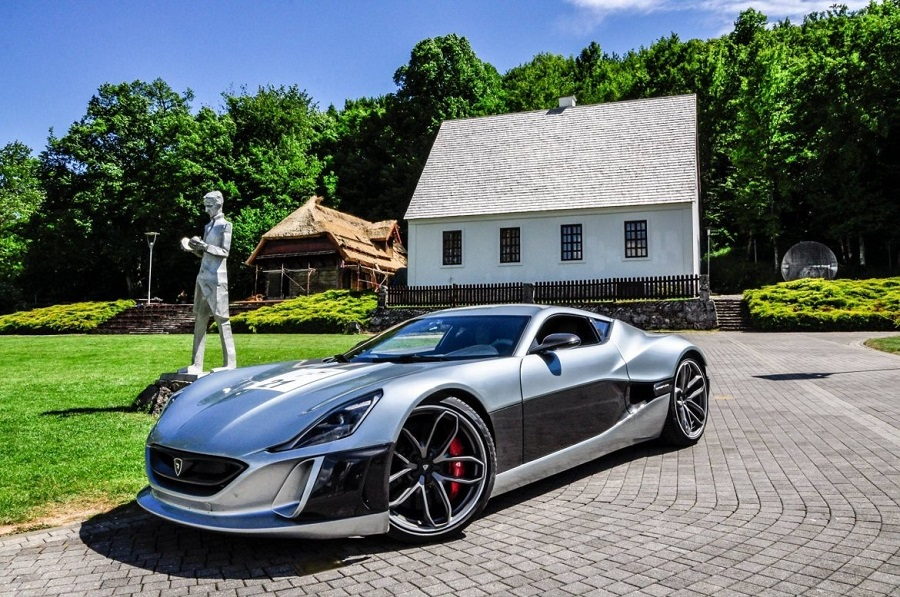
June 9 – There have been many conferences and discussion on the topic of branding Croatia. Many of them miss the point entirely. 5 gifts and future trends to focus on.
Last week saw another branding conference in Croatia. This is in addition to the annual conference, Branding Croatia, and the several panel discussions which take place in various conferences, such as the recent Diaspora Tourism conference in Split. One person who attended last week’s conference had several observations. The first was that President Kolinda Grabar-Kitarovic’s call for the need for a positive image of Croatia was little more than a pre-election stunt, and not one which is justified by the actions and results of the ruling authorities over the last few years.
The other observation another friend participating made was that the speakers were all Croatian, and that surely for such an important topic, the input of international experience and viewpoints were essential. If Croatia is to develop a global brand, then surely one should take on board the views of those living in the global community. To not do so, my friend said, would be akin to having the big fish in a fishbowl talking with authority about things that happen in the ocean.
But that is a separate discussion, as I want to focus on the branding of Croatia, and how – at least in the opinion of this foreigner living in Croatia for 16 years – much of the current discussion is both missing the point and letting slip some natural advantages which Croatia.
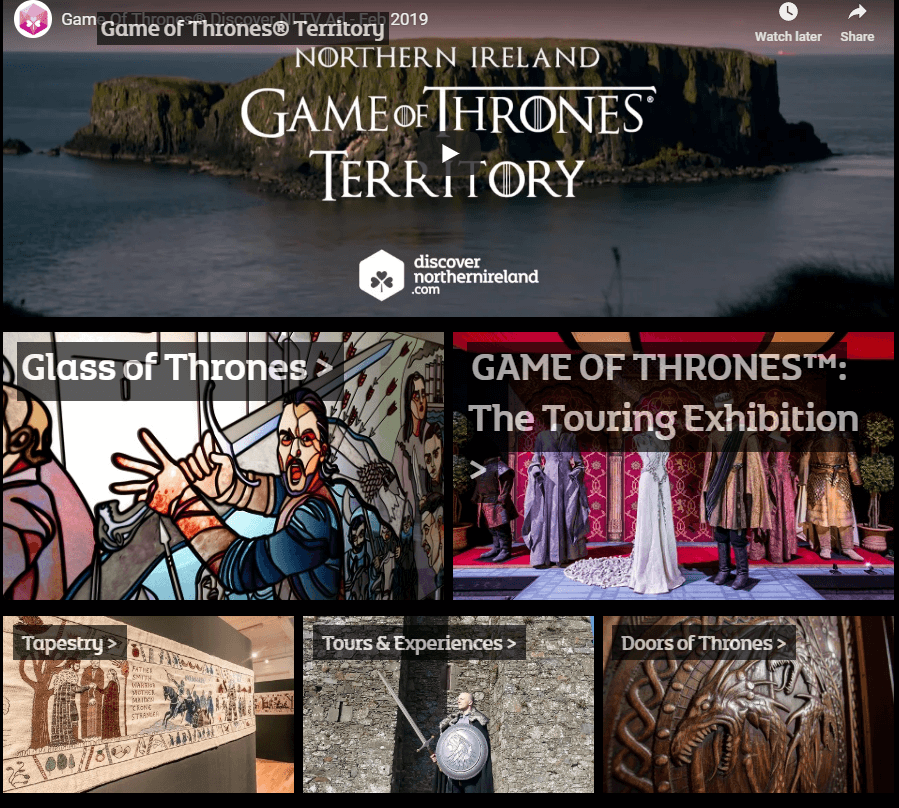
The chaps who run Croatia are famous for not taking advantage of golden opportunities. As previously discussed on TCN, the Game of Thrones gift brought a huge global marketing opportunity for the countries where filming took place. Northern Ireland took full advantage, as you can see from the national tourist board website, above. And while global brands such as Johnnie Walker produced limited edition products for the launch of the final GoT series 8, the Croatian National Tourist Board, home of Kings Landing, could not even manage a post on Facebook. And if you try and search for information about this tourist gift on the official website, well, good luck…
It is seven years since the late Anthony Bourdain told the world about Croatia and its ‘world-class food, world-class wine, world-class cheese.’ Seven years later, Dalmatia still has no wine road, and gourmet tourism – despite its huge potential – is bringing in peanuts compared to destinations with much less to offer.
And it is almost a year since probably the greatest gift of all time, much more even than Game of Thrones, as the tiny country which dared to dream won tens of millions of hearts during the World Cup and its aftermath. It was left to a small country with no football pedigree whatsoever that has never even been to the World Cup, to take advantage. Visit Rwanda’s innovative partnership with Premier League giants Arsenal will include, among other things, exposure on the Arsenal shirt more than 35 million times a day.
Croatia has had some fantastic branding in the past – and the slogan, The Mediterranean as It Once Was, was a genius way of attracting tourists to newly independent Croatia after the devastation of the Homeland War in the 1990s. It was the hook that first brought Croatia to the attention of this correspondent watching the advert on CNN back in 2002 during my previous life as an aid worker in Somaliland, so I have the Croatian National Tourist Board to thank for that. Thank you.
So how do we brand Croatia moving forward, and what are the key ingredients? In my opinion, there are two things which are crucial and which are often overlooked. The first thing is that branding Croatia should include a focus on the future, especially where Croatia is strong and has something world-class to offer. And the second thing is that the branding of Croatia should not focus solely on tourism, but more on the opportunities of the country itself. This obsession with packing more and more tourists into our coastal towns and cities so that the numbers look good is not only contributing to a worsening tourism experience for the visitor, but is also doing irreversible damage to the pristine nature which was the original main attraction.
And, if we focus on Croatia’s strengths as well as global trends, we can see that Croatia can reposition itself from its current stereotype of a summer sun and beach destination packing in millions of low-paying tourists, to something altogether more sustainable throughout the year, and something much healthier both for the environment and the economy. Here are the five areas of focus that Croatia should include in its brand for the future – at least in the opinion of one fat foreign blogger.
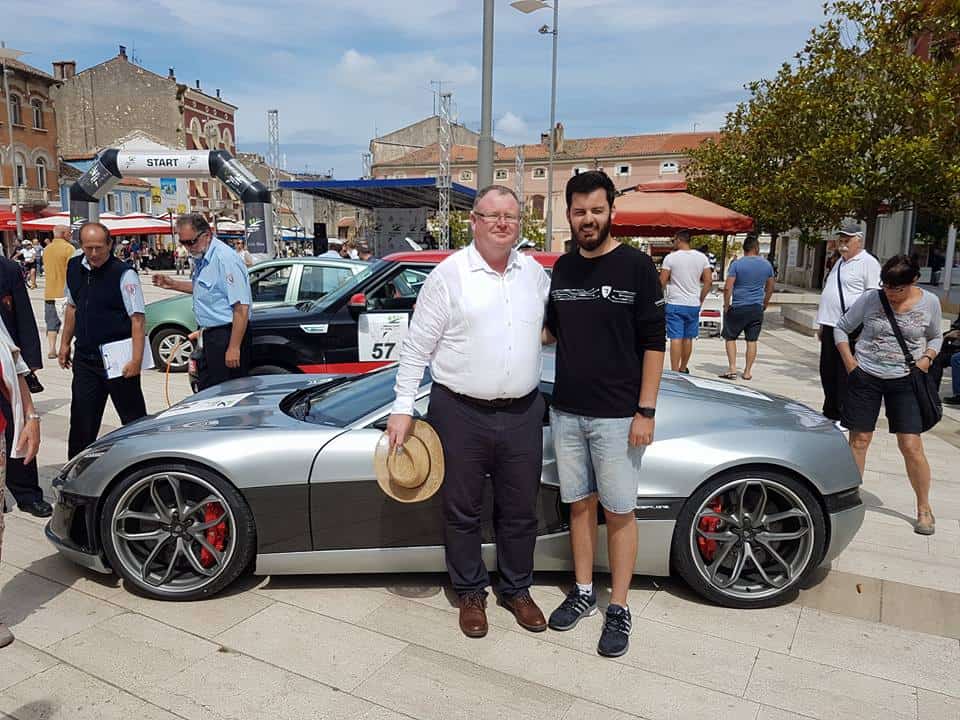
(TCN with Mate Rimac and Concept One on the 2016 Nikola Tesla EV Rally in Porec)
1. From Tesla to Rimac – the home of clean energy and innovation
Nikola Tesla was a genius, whose inventions transformed the way we live. He was also an ethnic Serb who was born and grew up in the village of Smiljan, in which is today modern Croatia. Tesla only visited Serbia once, and yet Belgrade named its international airport after him. Meanwhile in Croatia…
Smiljan is a lovely spot, with plenty of space. As Telsa’s birthplace, it is also the symbolic home of the Tesla revolution. So let’s give people a product to match that potential, an Old Trafford Theatre of Dreams for the e-mobility generation. I have been fortunate to have taken part in the Nikola Tesla EV Rally a few times. One of the undoubted highlights of the trip for these Tesla car converts is a visit to Smiljan, a chance to pay homage to Nikola Tesla and where it all began.
Looking forward, as branding Croatia should be doing, something like 75% of tourists to Croatia arrive by car. By 2030, there will be 21 million new electric vehicles on Europe’s roads. From a tourism and economic viewpoint, it would make sense for Croatia to be at the forefront of the e-revolution, but with a gift of the Tesla birthplace, a brand to build on and develop for sure. Especially when Croatia has a modern-day Tesla in the shape of Mate Rimac, whose electric supercars and technology is taking the world by storm.
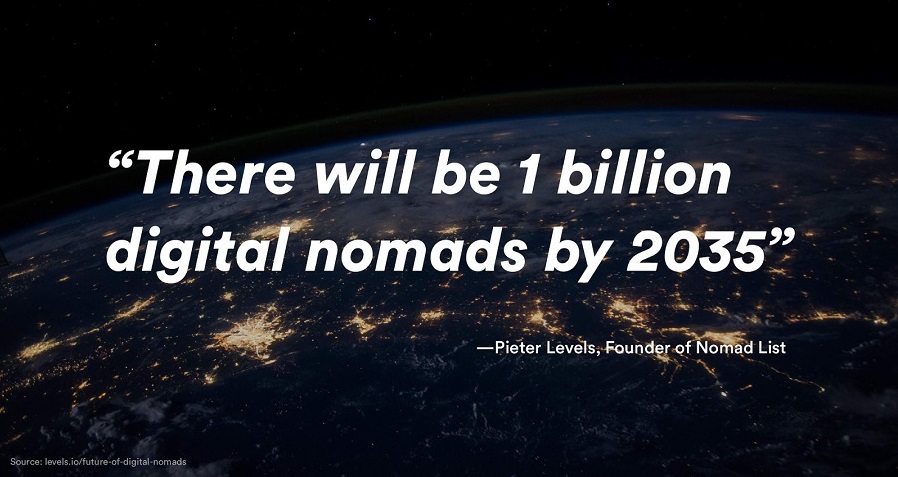
2. A Digital Nomad heartland
The world is changing, and changing rapidly. As technology kills some traditional jobs, so too it opens up new opportunities. And the digitalisation of the world is also a game-changer. Who would have thought, for example, that a striking 15-year-old Swedish schoolgirl could spark a global movement and transform the climate crisis debate within just a few months of not going to school on a Friday?
A huge opportunity is presenting itself for countries who are open to change and the future – the rise of the digital nomad. Countries such as Malta and Estonia have already embraced this new trend, with significant economic advantage. It is claimed that there will be up to one billion digital nomads in the world by 2035. ONE BILLION! Is there an industry or company in the world currently which employs so many people?
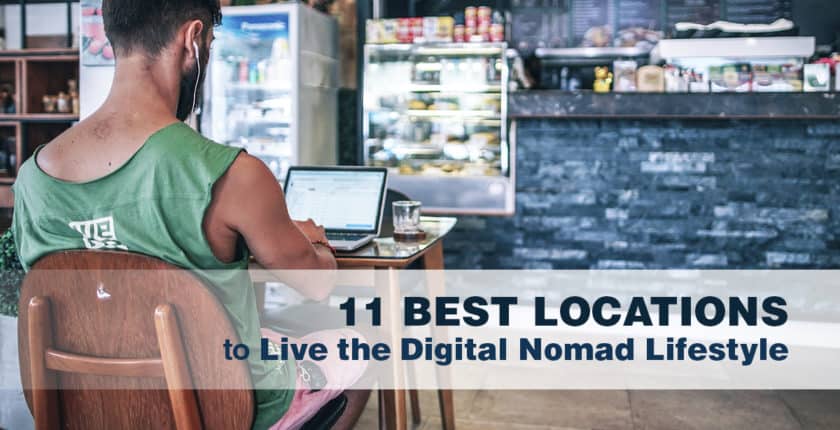
Imagine if Croatia could brand itself and market its considerable competitive advantages to the digital nomad community. If it could become one of, let’s say, the 11 best locations in the world to live the digital nomad lifestyle. Rather than spending 2 weeks on a crowded beach, this new generation visitor would pay taxes, rent, and spend money on food, entertainment and travel. Throughout the year.
And getting the branding right will not be that difficult if you look at those competitive advantages – EU country, safe, English widely-spoken, great lifestyle, great fibre optics, fantastic climate, naturally beautiful, easy onward connections to Europe and the rest of the world, very affordable by EU standards. And innovative and progressive – the land of Tesla and Rimac, remember?
3. Health and Safety, a winning combination
Health and safety might sound like a department of the UK government, but Croatia has so many gifts in the branding as a healthy and safe destination.
As a gimmick, of course, Hvar was the birthplace of the father of dactyloscopy, or fingerprinting to you and me, but modern Croatia is also known as one of the safest places in Europe, very child-friendly, and I can confirm that it is an incredible place to bring up children. That safety factor is increasingly important as a branding tool in a growingly uncertain world.
The safeness of Croatia goes hand in hand with its healthy message as well. With more than 130 indigenous grape varieties and fantastically fresh and local regional products that so enchanted Bourdain, the UNESCO recognition of the healthy Mediterranean Diet of Brac and Hvar is symbolic of a culture of gastronomy which is being increasingly sought-after by citizens of more globalised countries.
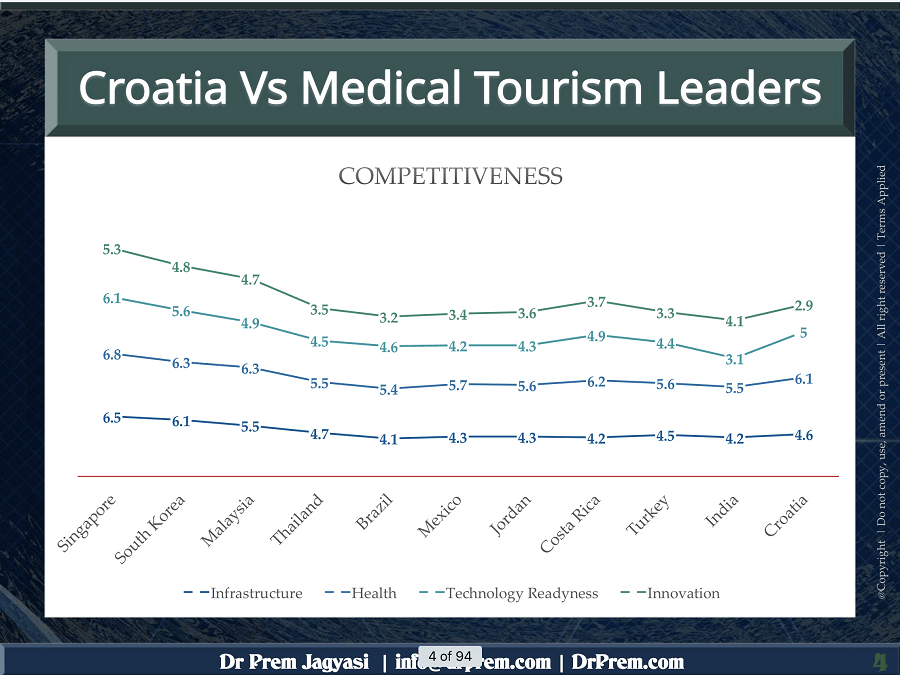
And let’s not forget health tourism, for organised tourism in Europe began due to Croatia’s temperate and recuperative climate, with the founding of the Hvar Health Society to cater to the convalescing Austro-Hungarian aristocracy way back in 1868. And that tradition of healthcare excellence continues today, with industry experts all agreeing that Croatia has the potential to be in the world’s top 10 medical tourism destinations within 10 years. Learn more about that here. And medical tourism, like e-mobility and digitial nomads, is a 12-month business potential.
4. A sporting paradise, from World Cup Finals to jogging in nature
Who can forget (ok, as an Englishman, I am trying to forget THAT semi-final) the incredible scenes in Russia last summer, as Croatia’s World Cup heroes and their fans achieved more global online interest in Croatia that at any time in the combined history of the modern State (with an incredible 60 billion article views, according to media monitoring company, Mediatoolkit). One can argue about how well Croatia took advantage of this gift, but the fact is that the World Cup success in Russia was just one of an incredible list of sporting achievements by this small country (for an overview of Croatia as a sporting nation, check out the Total Croatia sports guide).
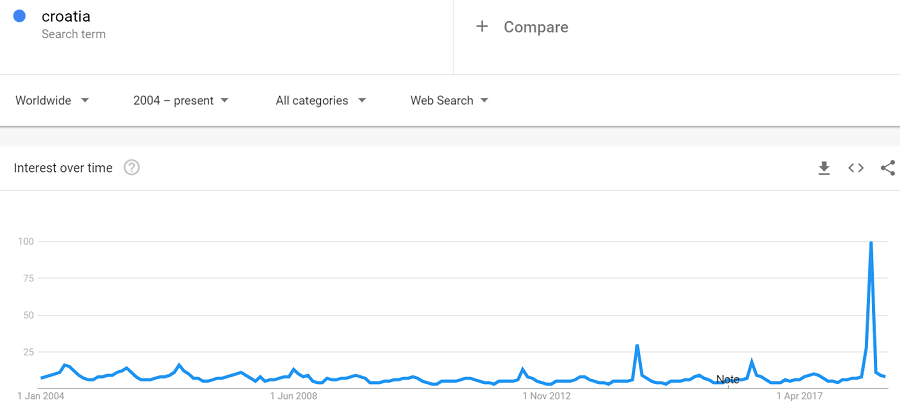
As we looked at previously, Google Trends shows just how much interest there is in Croatia during the World Cup and Euro championships, and why it makes sense to brand Croatian tourism and football together.
But the promotion of Croatia as a sporting destination goes way beyond football and fits in with the healthy and active image of this young, beautiful and innovative country. One fabulous example of how sport and tourism are working well to promote healthy and active tourism is the Run Croatia project, which is building nicely and bringing in an increasing number of visitors to take part in its races, 12 months a year. Learn more about the Run Croatia project here.
5. Lifestyle plus
Why would you live anywhere else?
The famous three-hour coffees, the fjaka lifestyle, the warm hospitality, the great climate, the fresh and local food – there are few places in the world that can match the Croatian lifestyle. One of the challenges for those of us struggling with the daily grind is to earn enough money in the Croatian economy to be able to enjoy life to the fullest, and I think I think it is a truism that the perfect life balance is to make your money abroad or online and life the Croatian way.
Branding the Croatian lifestyle as part of the strategy will be attractive to the digital nomad generation.
Should we be looking to brand Croatia as a tourism destination or as a lifestyle choice? By focusing on Croatia’s considerable competitive advantages, coupled with embracing and anticipating global trends, the potential of Croatia to brand itself as an innovative, healthy and welcoming destination is phenomenal.
Ah, those two words in the same sentence again – Croatia and potential.




